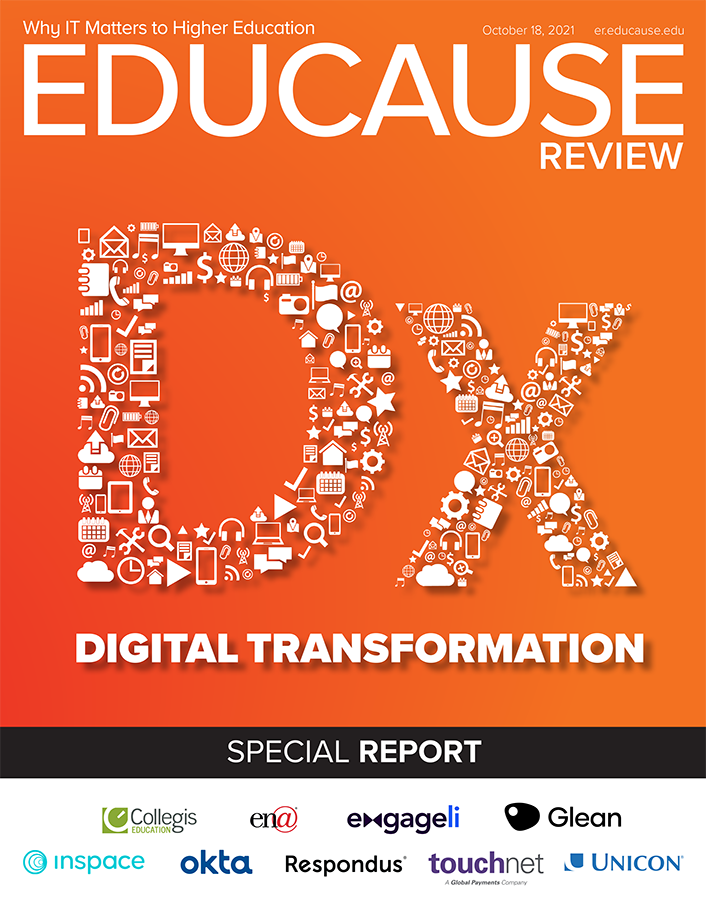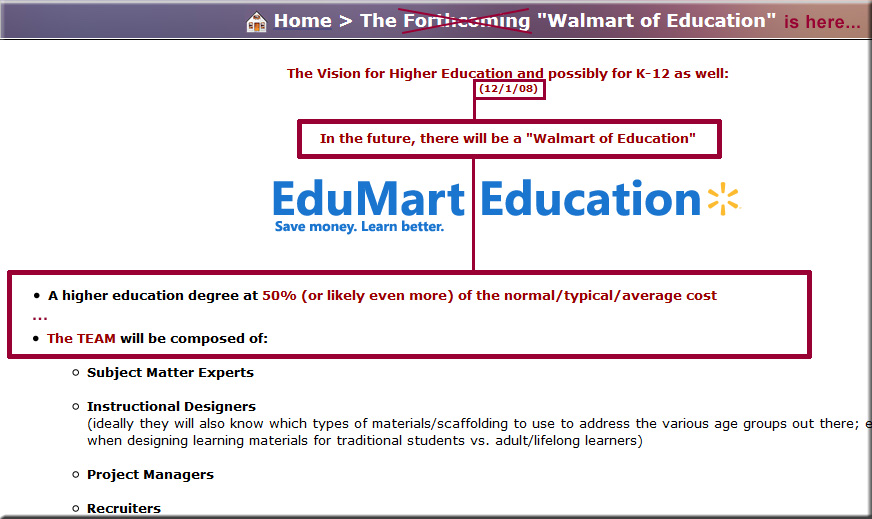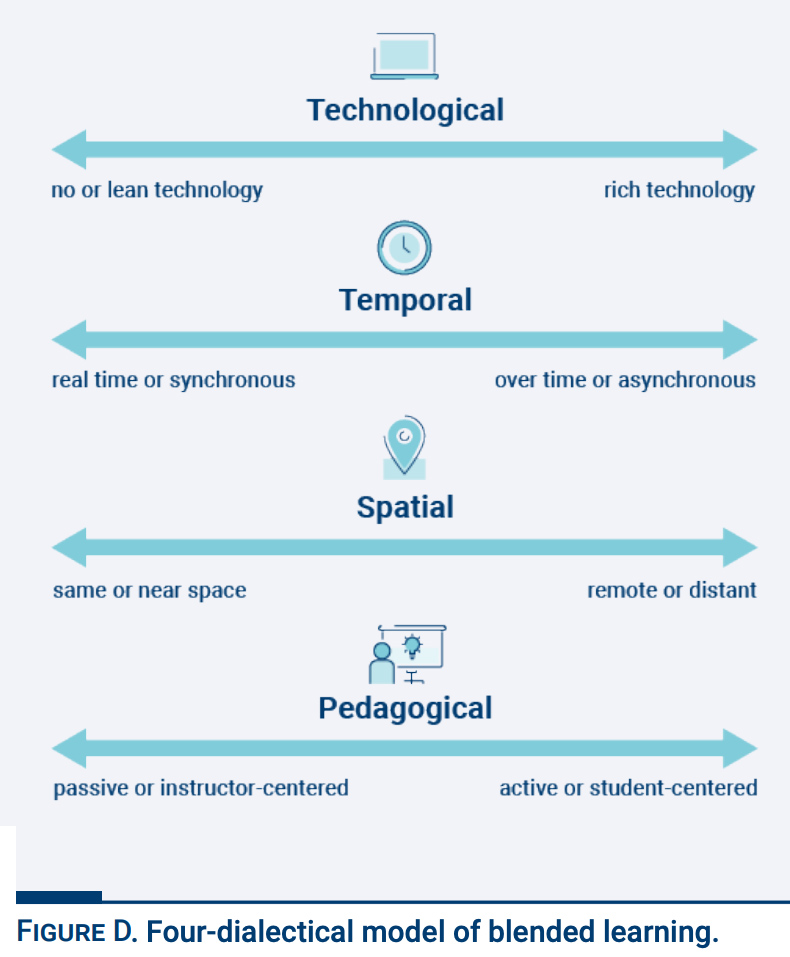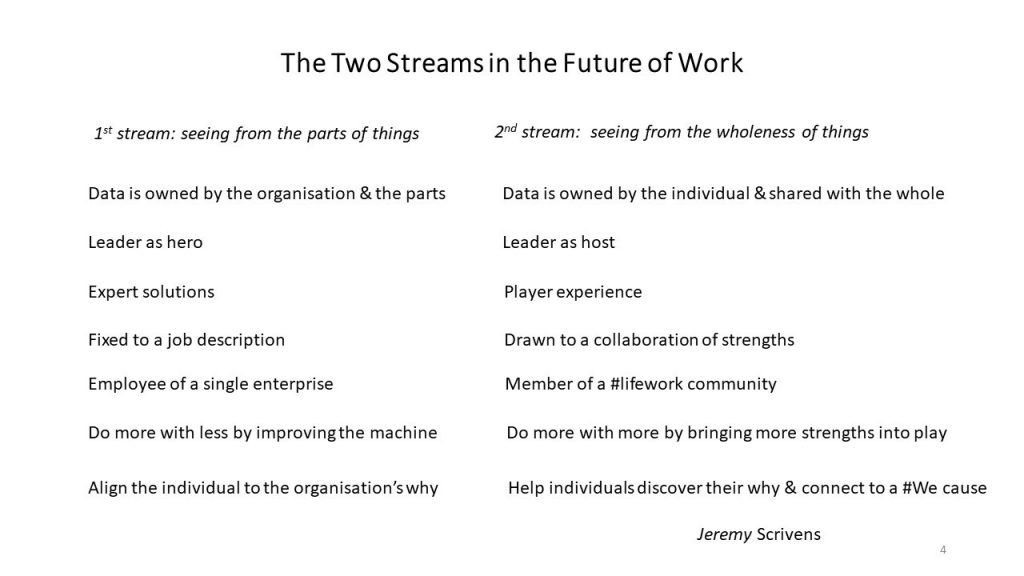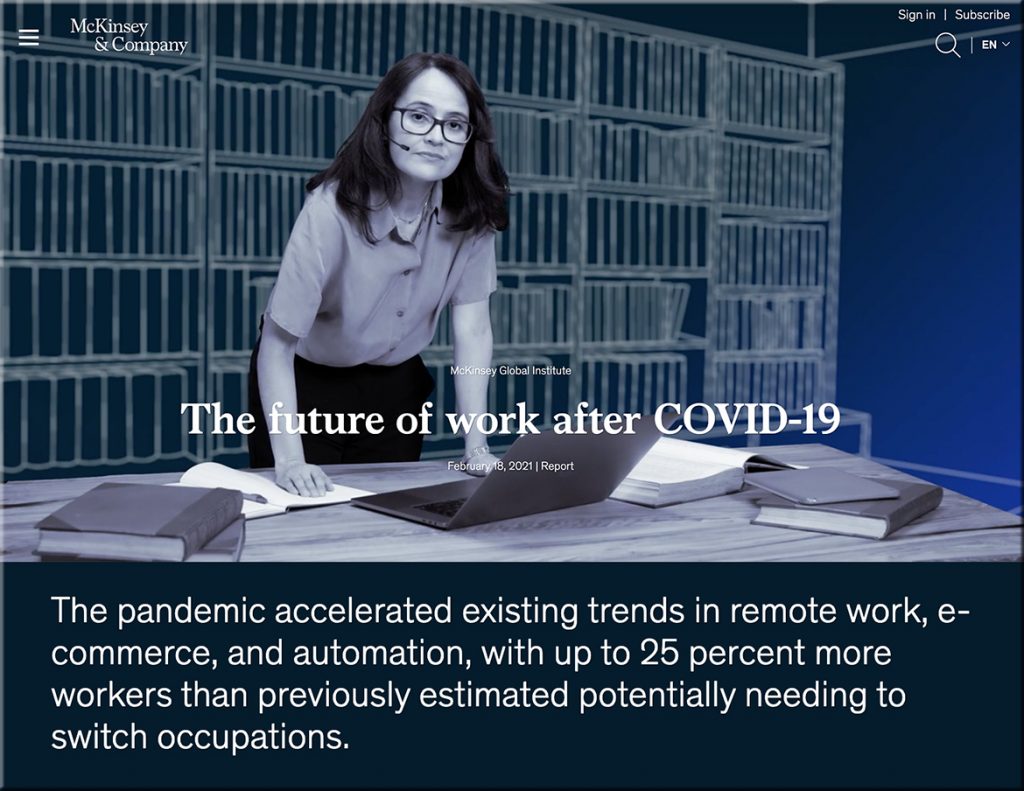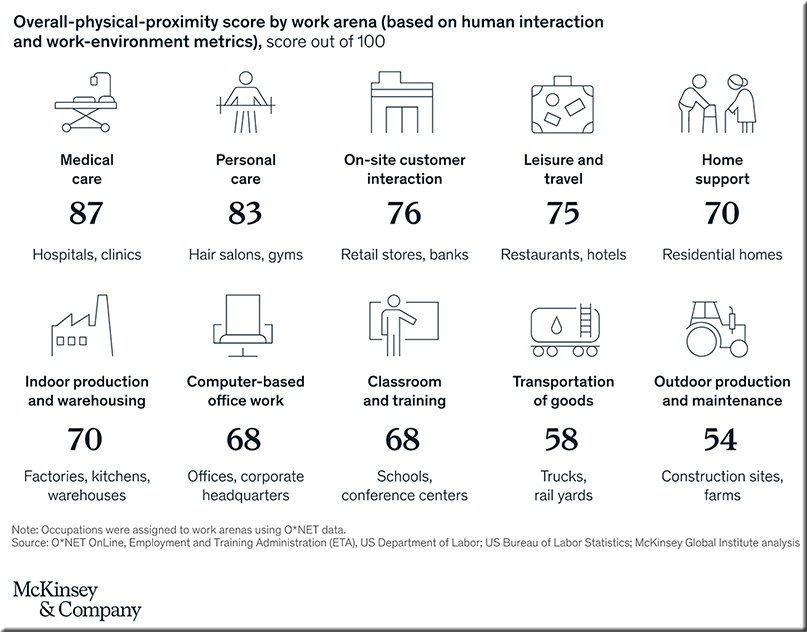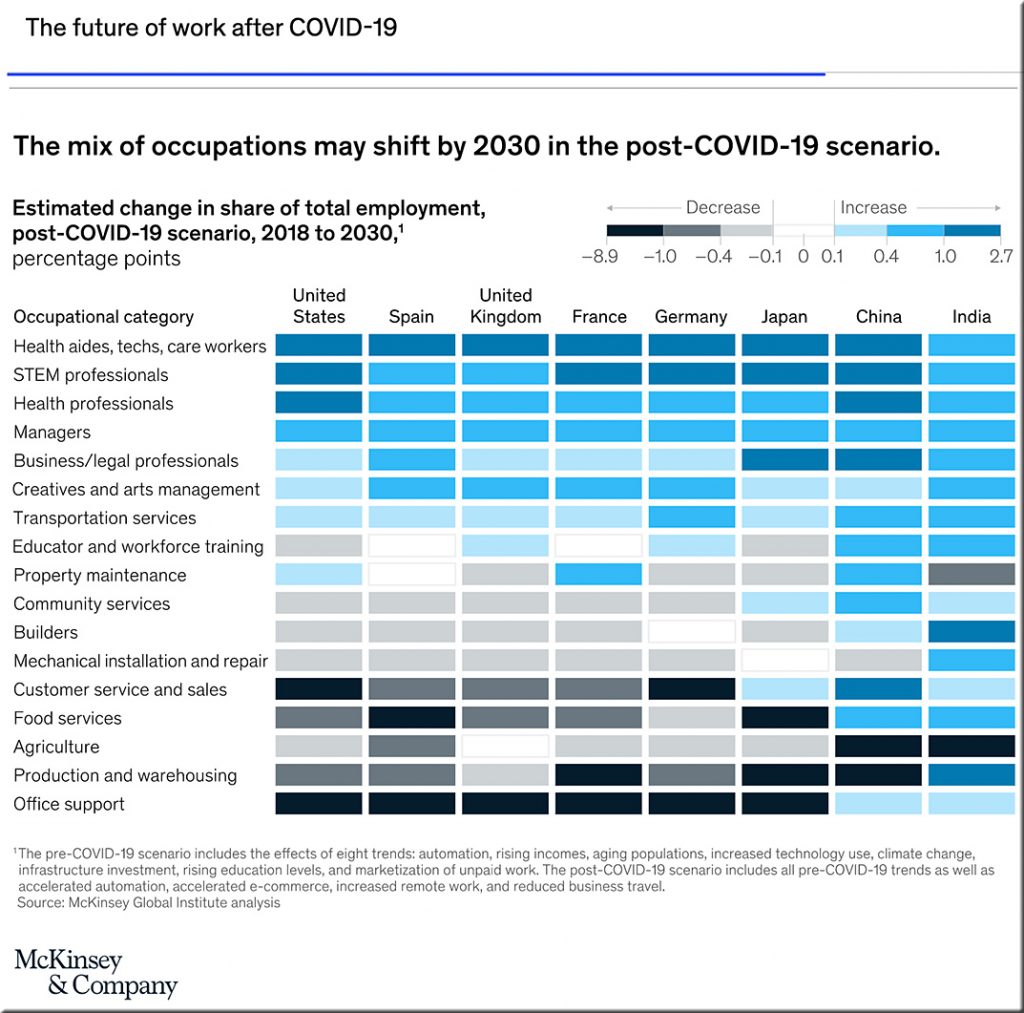The Disruption Of Legal Services Is Here — from forbes.com by John Arsneault
Excerpt:
For the first time in those 12 years, I am now convinced we are on the precipice of the promised disruption in legal. Not because anyone in the law firms are driving toward this — but because venture capital and tech innovators have finally turned their attention to the industry.
Legal services are a much smaller overall market than, say, retail, financial services or biotech. In the world of disruption and the promised gold rush for the companies that do the disrupting, size matters. Legal has just been low on the industry list. Its number is now up.
It’s easy to Monday morning quarterback that industry now. Easy to see how big of a threat Amazon was to those companies. But when you are being rewarded for doing what you have always done and what your predecessors always did, it’s easy to miss what is around the bend. By the time those companies’ executives realized Amazon was a direct competitor with a much better fulfillment model, it was too late.
Using a Systems Approach to Build a World-Class Online Program — from onlinelearningconsortium.org by Dr. Michele Norton and Dr. Ben Zoghi, Texas A&M University
In this blog, we unpack some of our insights and capitalize on them as we take a systems approach to continue building a world-class online program.
Excerpt:
Insight 1: Shifting from Assigning Tasks to Developing Collaborative Partnerships
We often create to-do lists for all the aspects of our online course: the videos, the articles, the quizzes, putting it on the LMS, etc. We forget that they all go together to create one learning experience for our students.
The person who edits the videos has ideas you may never have thought of, even if they are not experts in your content. Thoughts are everywhere; you have to value each person that has a hand in the process and be open to building a collaborative partnership instead of navigating a transactional checklist.
5 Ideas to Soothe IT Staff Burnout — from campustechnology.com by David Raths
The COVID-19 pandemic has taken its toll on the mental health of students, faculty and staff alike. But IT in particular has borne the brunt of keeping institutions’ technology infrastructure afloat through relentless change, often in the face of budget cuts and staffing shortages. Here are ways to help mitigate stress and better support IT teams during this challenging time.
Excerpt:
Faced with an increasingly stressed-out IT workforce, CIOs are trying to find innovative ways to boost morale, maintain work/life balance and enhance communication among teams. We spoke to three IT leaders who offered the following five suggestions, based on their own experiences over the past year and a half.
For College Finances, There’s No ‘Return to Normal’ — from chronicle.com by Mark S. LeClair
The critical problems facing higher education won’t end with the pandemic.
Excerpt:
Higher ed is in trouble. It faces a demographic crunch in 2026, when smaller high-school graduating classes will mean greater competition for students. That will lead to tuition discounting and underenrolled classes for many colleges. And yet that demographic crisis is only one of many significant challenges the sector faces. As noted by Forbes in its annual review of college and university financials, approximately 20 percent of all institutions now warrant a “D” ranking (its lowest). Many are under serious financial strain and may not survive.
The Forbes financial analyses have been warning of a worsening situation for years. The added stresses from the Covid-19 pandemic will further aggravate the untenable circumstances facing hundreds of institutions. There is now a very short window within which we must carry out significant reforms.
Planning for a blended future: A research-driven guide for educators — from everylearnereverywhere.org by Every Learner Everywhere in partnership with Online Learning Consortium (OLC) & National Research Center for Distance Education and Technological Advancements (DETA)
Excerpt:
The purpose of this guide
This resource is a collaboration among the National Research Center for Distance Education and Technological Advances (DETA), the Online Learning Consortium (OLC), and the Every Learner Everywhere Network. It is designed to serve as a resource for educators — faculty, instructors, instructional staff, instructional improvement staff, instructional designers, learning experience designers and developers, technological support staff, and other stakeholders — to guide strategic planning for blended learning courses and programs.
Therefore, blended learning is instruction that blends technological, temporal, spatial, and pedagogical dimensions to create actualized learning. Students feel they are successful when they actually learn and that does not always equate to grade and course completion.
KEY IDEAS
- Designing courses to meaningfully integrate the different environments and temporal cadence (online and onsite, live and overtime) while incorporating an active learning approach can improve student outcomes in blended and hybrid courses.
- Faculty must become guides for students and their engagement by intentionally and strategically using a variety of modalities to scaffold learning.
- By designing and scaffolding blended courses effectively, faculty can avoid the common pitfall of course and-a-half-syndrome, which occurs when the online portion of a course is tacked on, creating busywork for students.
eBook Release: The Needs Analysis Playbook—How To Make L&D A Trusted Partner In Your Organization — from elearningindustry.com by Christopher Pappas
You need buy-in to achieve success and enhance your business infrastructure. This needs analysis guide highlights the importance of gathering stakeholder and learner audience feedback, as well as red flags to look for throughout the process.
Excerpt:
The conundrum that many organizations face is whether to invest in needs analysis or skip right to development. After all, identifying gaps and realigning objectives takes time, organization, and planning. The truth is that it creates a solid framework for your L&D initiatives moving forward so that you target pain points instead of just brushing the surface of employee development. This needs analysis guide is designed to help you analyze stakeholders and get buy-in using a step-by-step methodology. Before we dive into the content, let’s look at why needs analysis is imperative for modern organizations.
The day Jason T. Smith liberated his people from the tyranny of hierarchy to collaborate and grow — from linkedin.com by Jeremy Scrivens
Excerpt:
I have been writing how 2nd stream future of work leaders will create an organisation design where their people don’t get hard wired to obsolete 1st stream job descriptions but are freed up to join collaboration of strengths. They sign up to #We based Charters of Collaboration.
A 2nd stream future of work leader disrupts the prevailing vertical and siloed design of organisations where people are bolted to individual managers. Instead, they join ecosystems of work, where people collaborate to a shared purpose. The configuration of teams is not based on job title or function but on the nature of the projects and the strengths required from the shared one talent pool.
That day, in sharing their stories, every person in the room experienced exceptional thriving because they were treated as equal partners in the work to imagine and co-create the future.









